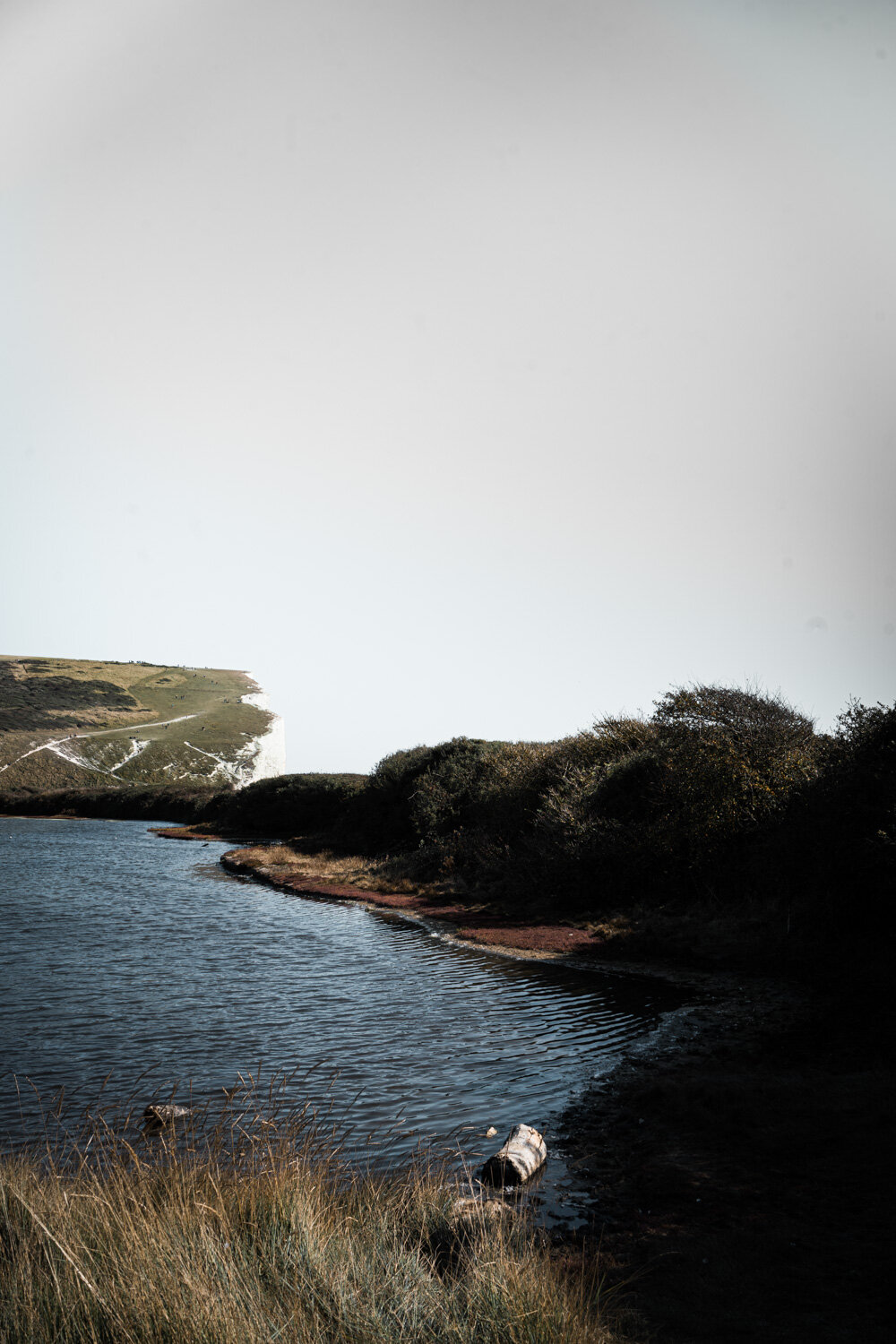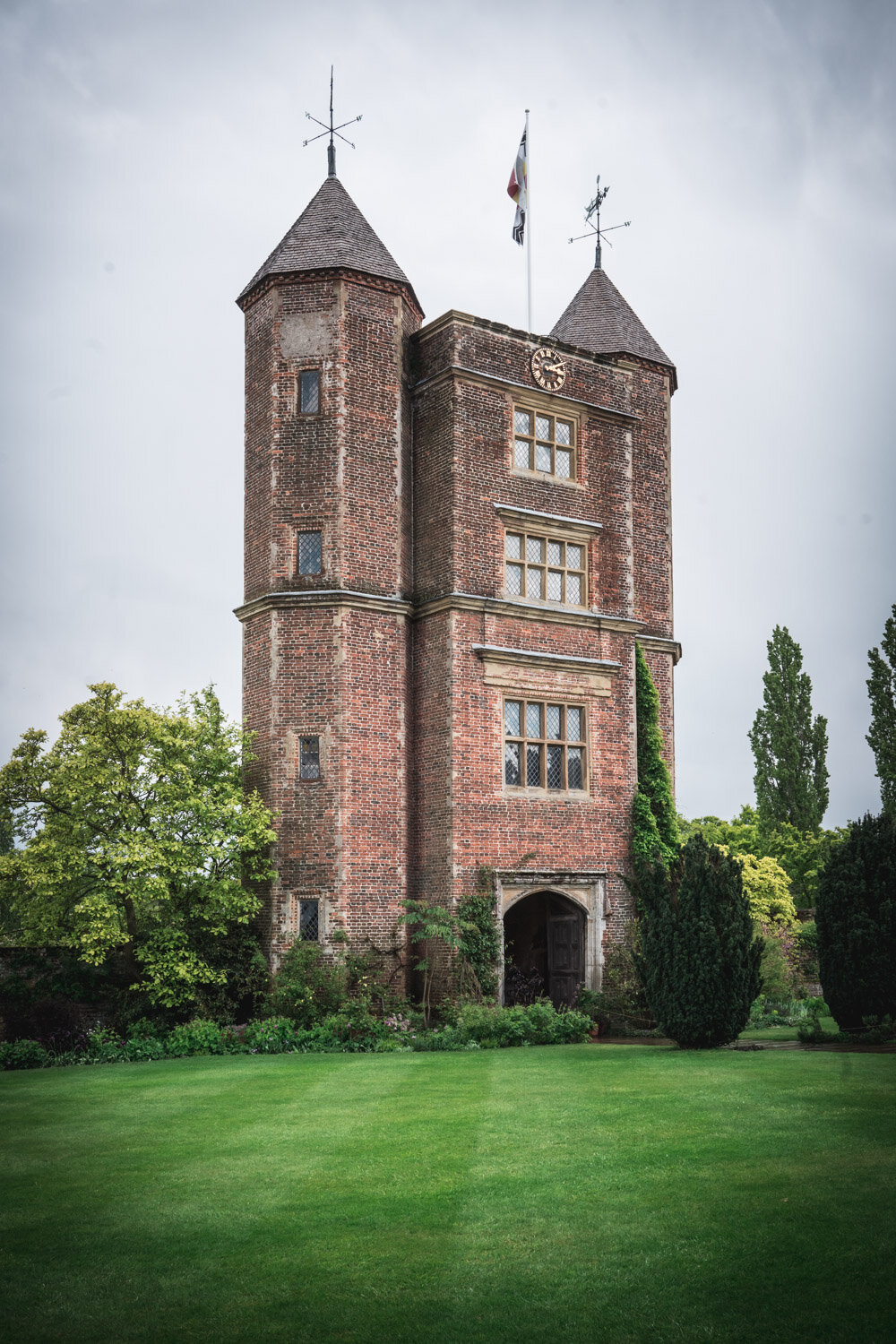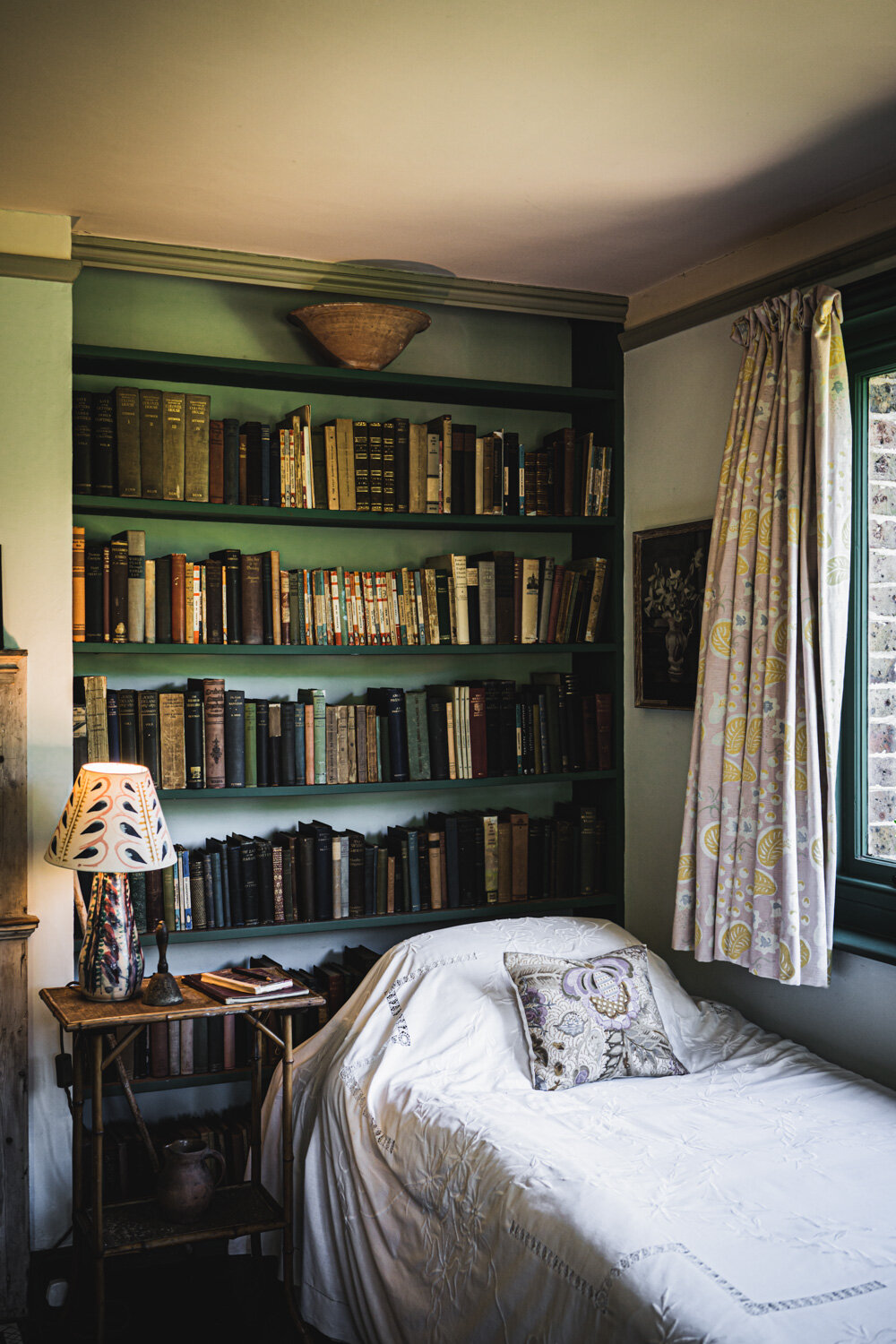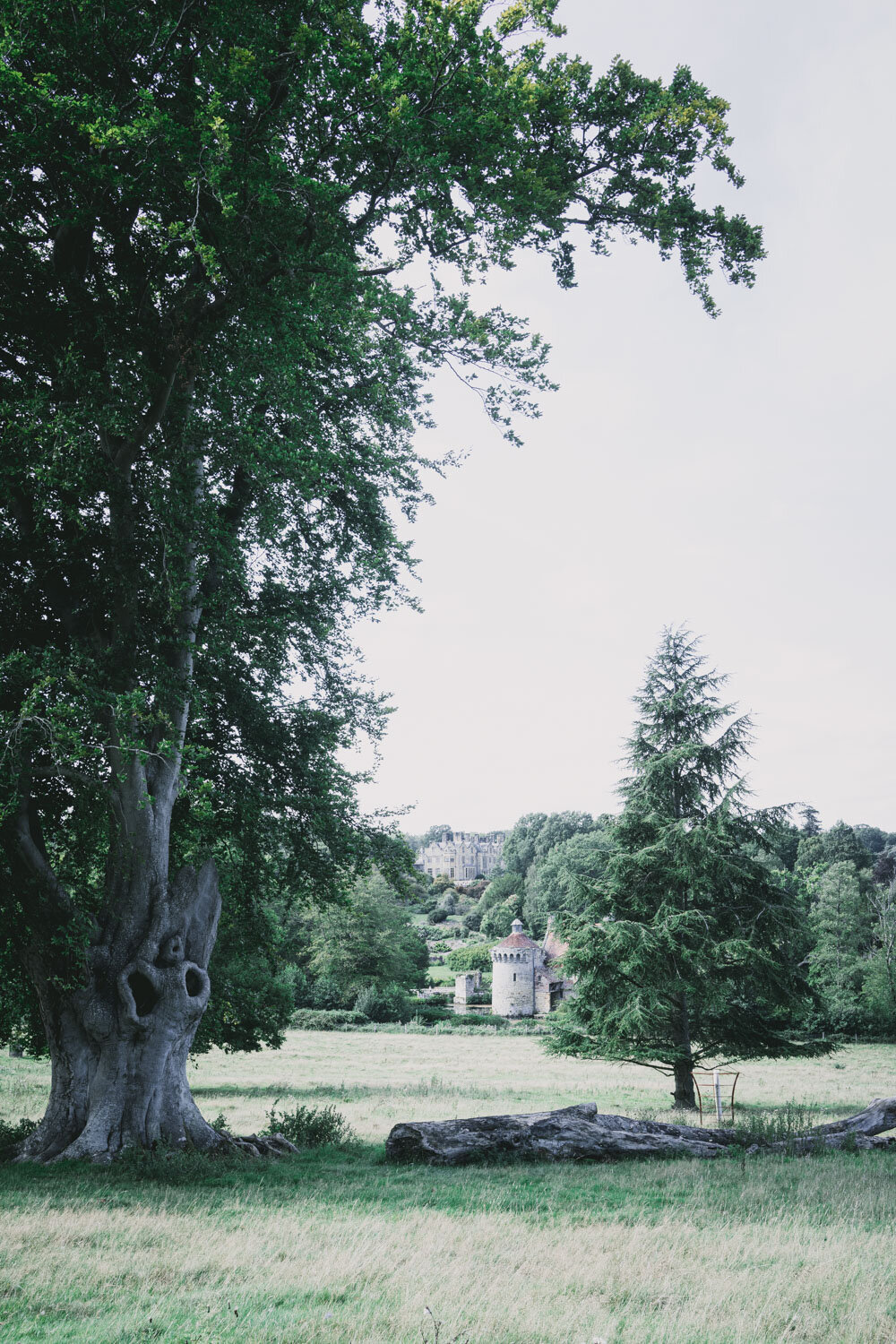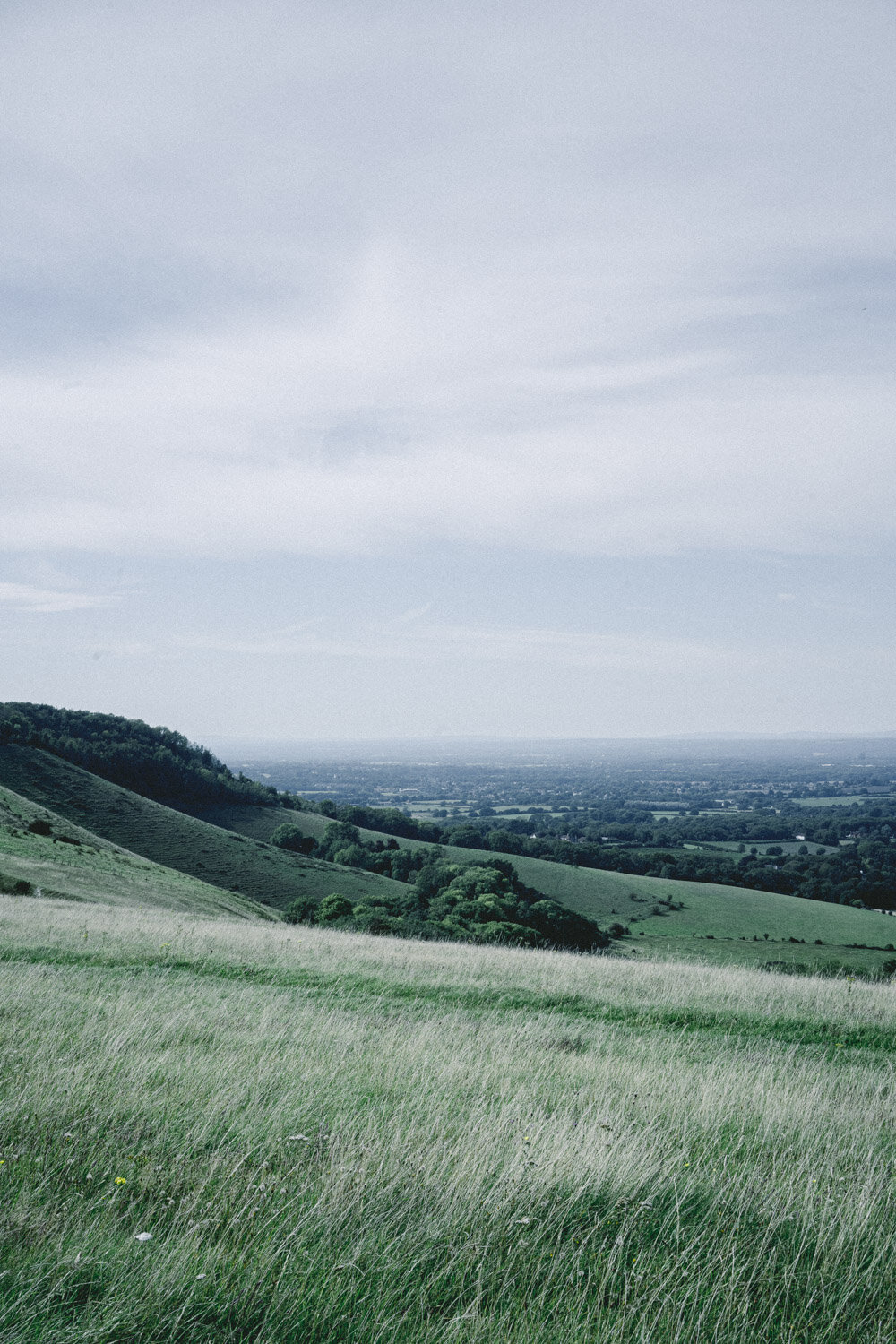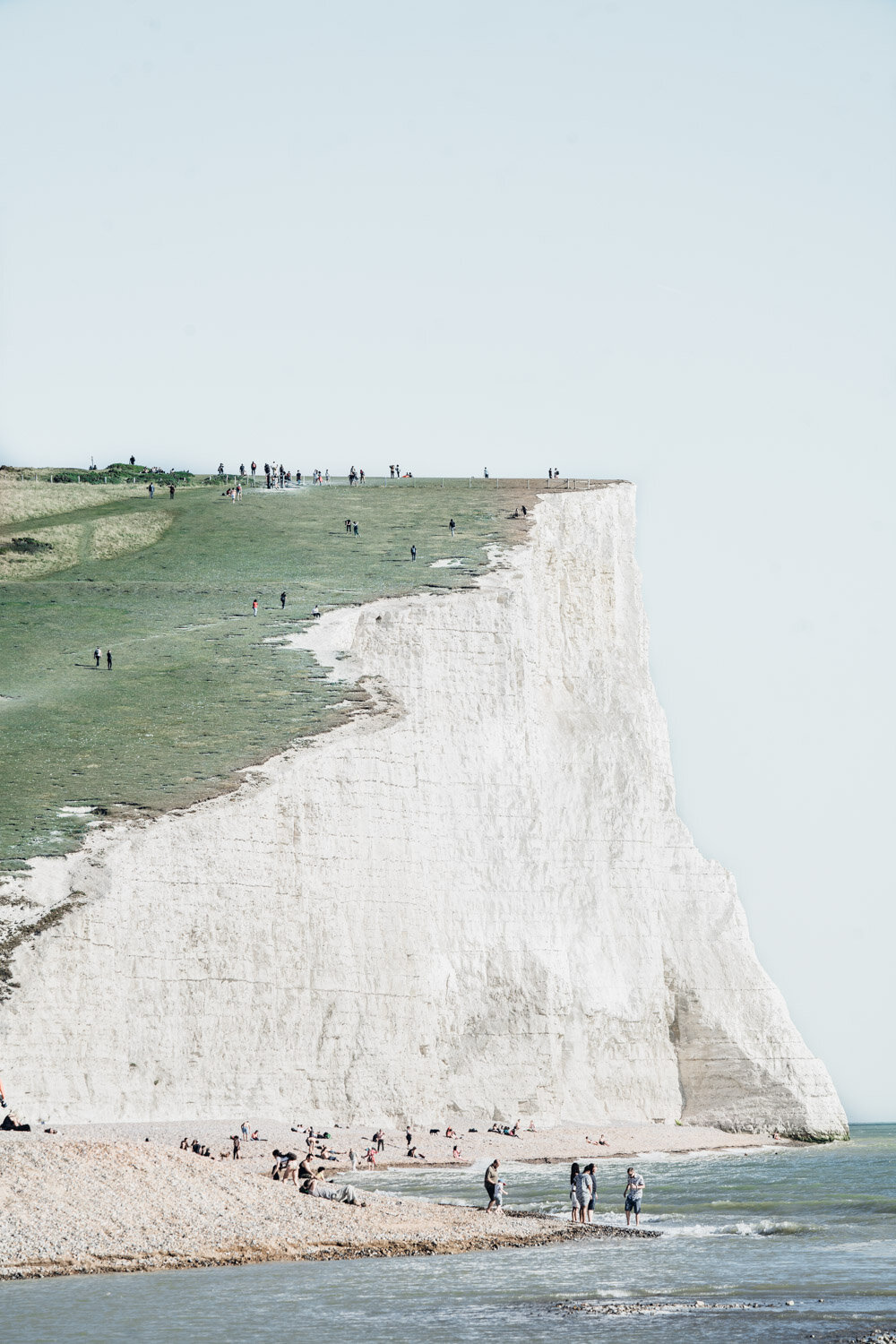Nine Staycation Ideas for Christmas in Kent and Sussex
If you have decided not to travel far this Christmas, you can still enjoy beautiful short trips, weekends mini-breaks or day out choosing to travel local and discover the area you live in more depth. There is so much out there to see that hardly anybody is an expert even on their own area.
For all UK residents I cannot recommend enough the properties managed by the National Trust for a mix of history, culture, beautiful architecture, nature and a good story. Most of the properties are manors set in marvellous estates formerly owned by the British aristocracy or other important figures in national history, from artists to politicians. You can visit the residences and enjoy a walk in the parks and woodland surrounding them, take a picnic in bucolic spots, enjoy a warm meal and a drink at the cafeterias, discover the history of the country thorugh the biography of a noteworthy person or family. It makes it so much more interesting and relatable compared to reading it in a history school book! There are also activities such as workshops, readings and children specific events you can attend while there. To plan your visit, find all the information you need on the National Trust Website, included opening days and hours, prices and events calendar.
If you live in Kent and Sussex, these are my favourite properties
Sissinghurst Castle - an unusual castle for a very singular lady
The castle was owned by Vita Sackerville-West, a writer and garden expert who lived 32 years of her life in the property until her death in 1962. She is very famous for having created one of the most beautiful gardens in England, that till today attracts people from all over the world and for having been Virginia Woolf’s lover. Many don’t know that Virginia Woolf’s Orlando is the fictional biography of Vita Sackville-West, with whom she had a long lasting friendship. The tower where Vita had her studio is one of the most romantic writer’s outpost I have ever seen. The Castle, set in a what was a working farm, is a very unusual one and the grounds are mainly occupied by the most exquisite example of an English garden, a 30 year project Vita documented on the weekly column “In the garden” she wrote for the Observer, between 1946 to 1957 that contributed in making Sissinghurst one of the most known and visited gardens of the time.
For more on Sissinghurst Castle read this.
Monk’s House- a place of peace to write…
This unpretentious and lovely property was Virginia Wolf’s beloved residence, where she wrote most of her famous novels: Mrs Dalloway, To the Lighthouse, Orlando and The Waves, in the quiet of the tiny hamlet of Rodmell In East Sussex. The little unpretentious cottage conveys an incredible relaxing feeling.
Virginia lived at Monk’s house from 1919 till 1941 when she tragically took her life. Her husband, who loved the place and the garden as much as she did, stayed on till 1969. The areas of the house where you can almost see her moving about are her detached bedroom, where she could have a room of her own and the privacy to write during the long sleepless nights and the Writing Lodge at the back of the garden.
Here Virginia led a life made of the ordinary, of simple meals, country walks, armchairs journaling and afternoons in the garden, so much needed for her creative genius to thrive.
For more on Monk’s house read this.
Bateman’s - Rudyard Kipling’s retreat in the country
Bateman’s was the residence of Sir Rudyard Kipling for 30 years and the place where he wrote many of his acclaimed books like Puck of Pook's Hill (1906), - the hill can be seen from the lawn at Bateman's, to the south-west - after the success of the Jungle Book which he wrote when living in Vermont.
Bateman’s is a Jacobean Manor, built in local sandstone, dating back to 1634, where Kipling lived from 1902 till his death in 1936, rejoicing his seclusion in this tucked away estate in the Sussex Down, set at the bottom of “an enlarged rabbit-hole of a lane” as he describes it, where he could find the calm and tranquillity he needed to write.
Walking through the house is a surreal experience. You get the feeling the people who lived there have just gone out running some errands and will soon be back. A collection of memorabilia from Kipling extensive travels, the paintings from the Jungle Book and Kipling’s 1928 Phantom 1 Rolls-Royce, his office with the desk covered in writing paper…
For more info on Bateman’s read here.
Chartwell - the country home of Sir Winston Churchill
This is a place where you can discover the less known and more personal side of the most famous English statesman in history. At Chartwell, you can visit Churchill’s country home but also his artist studio and the pond he painted countless times since he picked up a brush as a hobby in his early forties. The woodland surrounding the house makes it also and extraordinary place for a very lovely walk.
The house is in Westerham, near Sevenoaks, just outside London and from the garden front, the house has extensive views over the Weald of Kent, a view that highly contributed to Churchill’s decision to buy the house when he first visited in 1922.
A post on Churchill’s house is coming soon on the blog. Subscribe to the newsletter to be the first to know.
Stoney Castle- a 14th century moated castle
The estate comprises a country house built in 1837, a romantic walled garden, a 14th century moated castle - all working as one in creating a perfect picturesque country retreat and all set in a beautiful wooded estate.The walled garden is one of the only eight octagonal gardens in Britain. The place now grows the fruit and vegetables that are served in the café, as it used to supply the kitchen of the gentleman who built the manor in the 19th century.
With 780 acres of estate all available to the public, Scotney Castle is one of my favourite places to take the dogs for a walk. There are so many marked itineraries you can choose from that you can go there over and over and always find the walks rewarding and most interesting. The itineraries take you in the midst of wildlife and livestock, including the famous herd of Sussex Cattle, the castle and the house appearing and disappearing in the distance.
A blog post on Scotney Castle is coming soon. Subscribe to the newsletter to be the first to know.
Ightham Mote- a 14th century moated manor
Described by David Starkey as 'one of the most beautiful and interesting of English country houses', Ightham Mote is an outstanding 14th-century moated Manor House, hidden from sight and totally unexpected.
Built nearly 700 years ago, this house has seen many changes and been owned by Medieval knights, courtiers to Henry VIII and high society Victorians and displays all the layers of the long history it has witnessed and harboured within its walls in an alternating sequence of older and newer areas of the house. You get a taste of what should be like walking in a time capsule.
The house is surrounded by gardens with an orchard, water features, lakes and woodland walks.
There are three estate walks, which offer unique views across the Kent countryside and stunning displays of flora and fauna.
A blog post on Ightham Mote is coming soon. Subscribe to the newsletter to be the first to know.
Bodiam Castle- a 14th century moated castle
This 14th century castle set in the beautiful countryside around the village of Robertsbridge was built during the Hundred Years’ War against France and with its perfectly preserved quadrangular structure, is one of Britain's most picturesque and romantic ancient monuments. Inside, its various chambers are built around the outer defensive walls and inner courts. At the corners and entrance there are towers topped by crenellations. Partly in ruins, the castle still displays beautiful spiral staircases, battlements and a portcullis and strategic defensive windows, enough to provide an impression of what the castle life might have looked like in the past.
In the impressive gatehouse is the castle's original wooden portcullis, an extremely rare example of its kind.
A blog post on Bodiam Castle is coming soon. Subscribe to the newsletter to be the first to know.
Ditchling Beacon- on top of the world
Being the highest point in East Sussex at 814 feet (248 metres) above sea level, Ditchling Beacon offers stunning views across the weald and the downs. It takes its name from the nearest village of Ditchling and it’s really close to Brighton.
It’s a large chalk hill with a particularly steep northern face, covered with open grassland and sheep-grazing areas. A road runs all the way across the northern face and down into the northern suburbs of Brighton.
It’s an ideal place to explore, go on a walk, spot the sheep grazing, watch the clouds, breathe in, follow the South Downs Way on foot, bike or ride on a horseback; a round trip from Ditchling Beacon to Blackcap is approximately 5 miles and there are car parks at the summit and the northern base.
A blog post on Ditching Beacon is coming soon. Subscribe to the newsletter to be the first to know.
Birling gap and The Seven Sisters- where the South Downs meet the sea
The Seven Sisters are world famous chalk cliffs by the English Channel with nothing to envy to the Dover cliffs. They are one of the longest stretches of undeveloped coastline on the south coast where the cliffs erodes up to 1 m a year and are located between the towns of Seaford and Eastbourne, within the South Downs National Park.
Walks at the cliffs are breathtaking but you can also have more secluded and less windy areas venturing inland where you can enjoy over 500 acres of open chalk grassland.
The views are truly spectacular. The beach ideal for a day out, with rock pools and areas of pebbles and sand.
Birling Gap provides a point of entry for coastal walks and it’s where you can find the café, shop and visitor centre. There are several parkings along the way where you can leave your car.
A blog post on Birling Gap and the Seven Sisters is coming soon. Subscribe to the newsletter to be the first to know.

